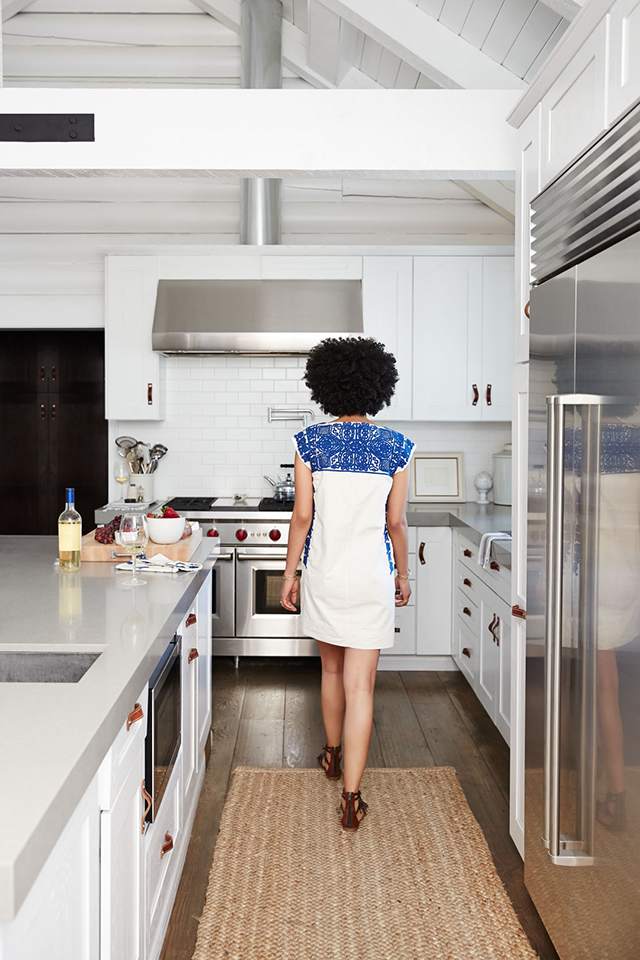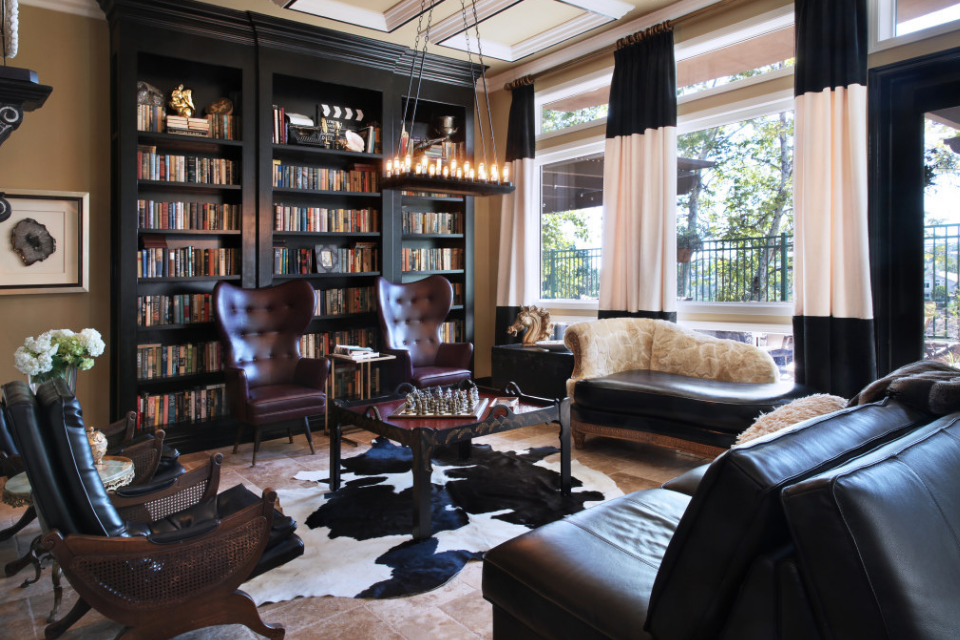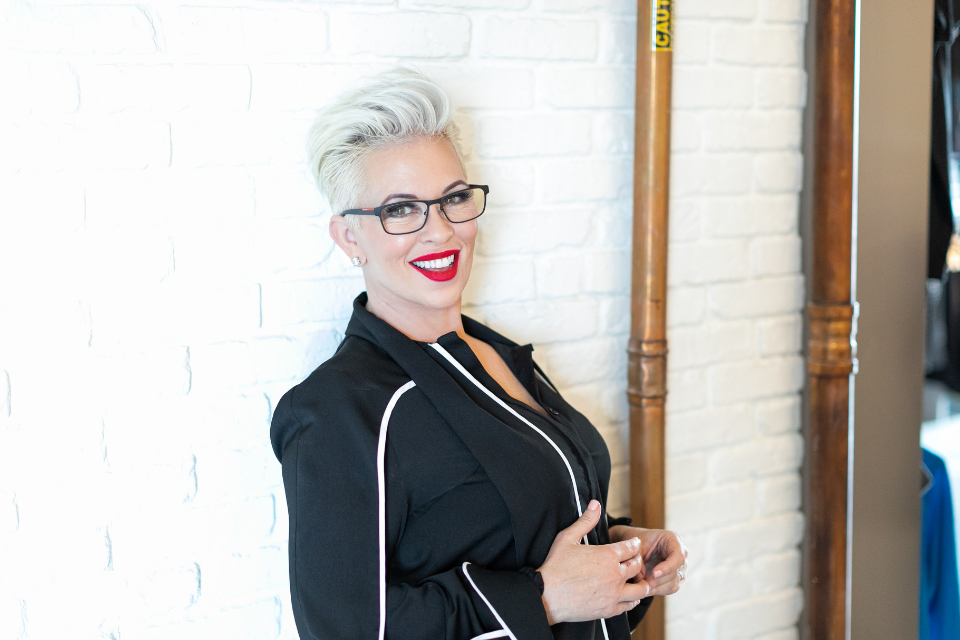Design Psychology
Apr 01, 2019 | Carpet One Floor & Home
It's Not About How It Looks, It's How It Makes You Feel
Have you ever stepped into a dive bar with undeniable character, a diner in which you immediately felt at home, or a hotel that made you feel like you jumped several tax brackets even though you booked through Groupon? How much do these experiences stand out in your memory? Is it easy to recall the way they made you feel, or can you recognize the shift in your emotions as you experienced them?
Design psychology is what makes these spaces evoke emotional responses in us. Design psychology is the underlying reason individuals and companies care about or invest in design at all. It’s not necessarily about the details but rather the feelings the details create. When a client says she wants the home to “feel” like her, she’s asking me to rely on the principles of design psychology to create space that continuously evokes a particular emotion. When commercial clients say they want a productive and inspiring space, they’re asking me to create a winning combination for their team that promotes creativity and efficiency.

Deep down, the result we’re looking for is an emotional connection. By putting design psychology at the forefront of my design process, I can better address the true desires of my clients and create a space that will go beyond their expectations.
To apply design psychology to a project, you need to ask the right questions of those who are going to be using or inhabiting the space. Often, we stay very surface-level with design and rely more on trends and superficial attractions to colors and styles. This is a dangerous area to work in. Frequently, I find that my clients don’t really know what they want. They may think they like a trend or Pantone’s color of the year, but this is not going to create the exact emotional effect they desire. It’s easy to fall in love with trends and styles, but without knowing how to utilize them to create a space that delivers the right feeling, there will still be “something off.”
Design psychology helps eliminate this emotionless décor and achieve the client’s fundamental goal for a successful space. How can you use the principles of design psychology for your next project? Whether you’re working with a designer or planning your own home décor project, start by asking the right questions. Instead of asking, “What colors do I like? What are my favorite designers? What are my favorite design examples?” go deeper.
First, think about your existing design: Where does the furniture come from? Why did you buy it? What about it made you buy it for your space? Who chose the paint color and why? Ask yourself about color associations: What do these shades make you feel?
 Design: Kelli Ellis | Photo: Jeri Koegel
Design: Kelli Ellis | Photo: Jeri Koegel
Dive deep into what the desired result truly is. When people hire a designer, they’re looking for someone else to make the change. A designer should be a catalyst for that change by understanding what you’re trying to achieve on a deeper level:
• How do you want to feel when you walk into the room?
• What kind of activity will occur in the space and what mind-set does that require?
• What purpose does the room serve for you and others?
Particularly with residential clients, what people want is often personal and complex, and the result of many past experiences. I like to get to know what inspires clients and makes them feel comfortable, at peace, relaxed, and so on.
Often, I will discover there are fairly obvious reasons that their spaces are not working for them. This understanding helps me make designer choices that will achieve the desired result.
I have a strong example of this advice: one of my clients, whose sister was killed decades ago, still had the majority of her sister’s furniture in her living room. Naturally, she wanted a change because she felt heaviness in her home. Her decorations were her sister’s belongings, which did not reflect her style, and they also served as a reminder of a family tragedy. Even though my client didn’t want to forget her sister, having these belongings in her home wasn’t evoking happy emotions or memories of her sister. Utilizing design psychology, we conducted a deep, emotion-based inventory of the items before picking mementos that had positive memories. We then reupholstered furnishings to match the client’s new style while still incorporating the mementos of her sister into a fresh, positive style that was the client’s own.
This example is design psychology at work. I could have come in and suggested changing colors, carpet, and furniture, but that isn’t a profound, emotional way of looking at a space and its purpose for the client. Looking at this project from a design psychology perspective, we could achieve the result of creating a harmonious feeling and successfully reclaiming a memory.
With both residential and commercial designs, there is likely to be an emotional catalyst or an impending change driving them. To truly “nail” the vision of my client, I focus not only on trends and style but also look at the ways I can create the emotional responses clients’ truly want for a design that will go beyond the superficial.

Kelli Ellis is an award-winning interior designer and certified design psychology coach. You've likely seen her as a featured designer on TLC's Clean Sweep, HGTV's Takeover my Makeover or her design work on Bravo's Real Housewives of Orange County or in Traditional Home and LUXE magazine.